
Paid advertising services help businesses reach their target audience online through platforms like Google Ads and social media. These services aim to boost website traffic and conversions by creating targeted ad campaigns. This article explores the different types of Paid Advertising Services and their benefits. We will also discuss how to choose the right one for your business needs.
Important Insights
- Paid advertising encompasses various formats like PPC, social media ads, and display ads, managed by specialized agencies that enhance brand visibility and optimize ROI.
- Choosing the appropriate platform, such as Google Ads or social media channels, is vital for targeting the right audience and achieving specific marketing goals.
- Continuous monitoring, A/B testing, and integrating paid advertising with other marketing strategies are essential for maximizing campaign effectiveness and measuring success.

Understanding Paid Advertising Services
Paid advertising services encompass a wide array of formats, including PPC (pay-per-click), social media ads, and display ads, each designed to reach optimal audiences effectively. These services are managed by paid advertising agencies specializing in creating and managing online ad campaigns, ensuring that businesses can maximize their ROI and achieve their marketing objectives. These agencies use their expertise in various platforms and ad formats to help businesses navigate the complex digital advertising landscape.
The benefits of using paid advertising services are manifold. Not only do they enhance brand visibility by targeting specific demographics, but they also allow for precise measurement of campaign performance, enabling continuous optimization and improvement.
Whether you’re aiming to increase website traffic, generate leads, or boost conversions, paid advertising services provide the tools and expertise needed to achieve your goals in the competitive digital marketing arena.
Key Components of Paid Advertising
Key components of paid advertising include analyzing user behavior data to determine the most effective audience segments for targeting, utilizing bidding strategies to ensure ad visibility in competitive environments, and making data-driven decisions to improve ad targeting and bidding efficiency.
Performance tracking is essential to assess the effectiveness of different ad components, allowing for continuous optimization. Additionally, ad creation plays a fundamental role in developing advertisements that resonate with target audiences, driving engagement and conversions.
Benefits of Using Paid Advertising Services
The benefits of using paid advertising services are significant. Paid media marketing emphasizes precision and expertise, significantly enhancing brand visibility among target audiences. Combining paid media with SEO efforts can optimize landing pages around converting keywords, ensuring that advertisements effectively reach the right audiences.
Moreover, the measurable ROI from paid advertising helps businesses assess ad performance. This enables them to improve profitability, making it a powerful digital marketing strategy.
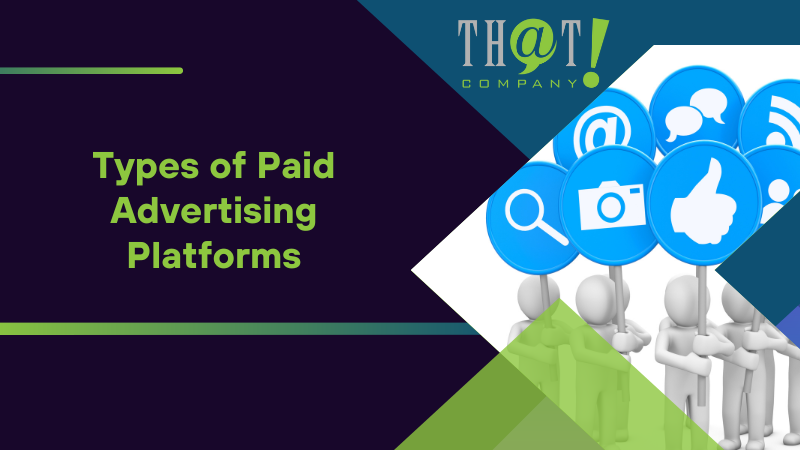
Types of Paid Advertising Platforms
Paid advertising encompasses various formats, such as search, display, and social ads, each designed to reach optimal audiences. These formats are available across a variety of paid ad platforms, including search engines like Google and Bing, as well as social media networks like Facebook and Instagram. The choice of platform depends on the target audience and the specific marketing goals of a business.
In this section, we will explore some of the most popular paid advertising platforms, including Google Ads, social media platforms, and alternative PPC platforms. Each of these platforms offers unique advantages and features that can help businesses achieve their digital marketing objectives.
By understanding each platform’s strengths and capabilities, businesses can make informed decisions. This helps them allocate their advertising budgets for maximum impact.
Google Ads
A leading paid advertising platform, it enables businesses to run PPC ads in search results, reaching potential customers precisely when they are searching for relevant products or services through Google Ads. Google Ads can take various forms, including shopping campaigns, traditional campaigns, native advertising, and programmatic ads, each tailored to different marketing goals. By leveraging targeted keywords, Google Ads can significantly enhance the volume of traffic directed towards a site, driving both visibility and conversions.
One of the key benefits of Google Ads is its extensive Display Network, which allows ads to appear not only in search results but also across a vast array of websites and apps. This broad reach ensures that businesses can connect with their target audience at multiple touchpoints, increasing the likelihood of engagement and conversion.
By utilizing Google Ads, businesses can achieve a strong online presence and drive measurable results in their digital marketing campaigns.
Social Media Platforms
Social media advertising platforms like Facebook and Instagram are crucial for reaching target audiences and driving relevant traffic. Meta (Facebook) and Instagram provide advanced targeting options and diverse ad formats, making them effective for reaching large audiences and achieving high engagement levels. Utilizing these platforms allows businesses to amplify their brand recognition and user engagement, creating a cohesive digital marketing strategy.
Consistent branding across paid advertising platforms strengthens brand recognition among consumers and ensures a unified message across all channels. Utilizing multiple advertising channels can significantly amplify traffic to a website, enhancing the overall effectiveness of digital marketing campaigns. Integrating social media ads with other marketing efforts helps businesses create a comprehensive strategy that drives sustained growth and success.
Alternative PPC Platforms
While Google Ads and Bing Ads dominate PPC, businesses should explore other platforms. Amazon Ads, for example, offers sponsored search results and display ads on third-party sites, reaching a unique audience.
AdMob is ideal for ad placements in mobile apps, utilizing formats like banner ads and video ads to attract mobile users. Other niche networks, such as RevContent and BuySellAds, provide targeted display advertising solutions to select audiences, enhancing advertisement effectiveness.
AdRoll specializes in retargeting capabilities, aimed at re-engaging users who have previously interacted with a business. Exploring these alternative PPC platforms allows businesses to diversify their advertising efforts and reach broader audiences in a cost-effective manner.

How Paid Advertising Services Drive Results
Paid advertising campaigns utilize precise targeting to reach specific demographics, maximizing effectiveness and ensuring that ads are seen by the right people. Paid search advertising agencies aim to drive targeted traffic and boost conversions. They leverage their expertise and industry knowledge to achieve marketing objectives. Continuous monitoring and analysis of campaign performance enable agencies to make data-driven adjustments that enhance campaign effectiveness and ROI.
Top paid advertising companies are known for driving targeted traffic and maximizing return on investment (ROI) through strategic ad placements and optimization techniques. These best paid advertising agencies help businesses manage paid campaigns on various platforms, ensuring that potential customers are reached effectively.
Partnering with a reliable paid advertising agency helps businesses achieve their marketing goals and drive significant growth.
Increasing Website Traffic
Online paid advertising generates traffic, increases leads, boosts brand awareness, and helps achieve business goals. Paid advertising helps businesses quickly attract visitors to their websites by appearing prominently in search results.
Utilizing first-party data enhances targeting accuracy and campaign customization, significantly boosting web traffic. This focused strategy ensures that businesses connect with their intended audience, increasing traffic and achieving superior results.
Generating Leads and Conversions
Optimizing ad content and targeting strategies can increase the likelihood of users converting after clicking on ads. Refining ad targeting enhances lead quality and conversion rates, ensuring that marketing efforts translate into tangible results.
Analyzing customer journey data helps identify which touchpoints are most influential in converting leads into customers, allowing for more effective campaign optimization. This focus on lead generation and conversion is crucial for achieving sustained growth and profitability.
Enhancing Brand Visibility
Paid advertising can significantly enhance customer engagement by targeting the right demographics and boosting the performance of organic content. Aligning paid advertisements with SEO efforts improves visibility in search results, driving more traffic to websites.
Paid ads can enhance SEO efforts by driving immediate traffic to a website, potentially boosting organic rankings through increased engagement. This strategic alignment ensures that businesses achieve maximum visibility and brand recognition.

Choosing the Right Paid Advertising Agency
Selecting the right paid advertising agency is crucial for ensuring the success of your ad campaigns. A best white label marketing agency specializes in creating and managing online ad campaigns, leveraging expertise to maximize ROI and drive targeted traffic. When choosing an agency, consider their experience in driving targeted traffic, maximizing ROI, and staying current with industry changes in SEM. Human intelligence, expertise, and responsiveness are essential for maintaining paid media performance over time.
The effectiveness of an agency can also be assessed by examining their customer-focused approach and their results on previous advertising campaigns. Account managers play a critical role in keeping clients informed about performance and responding to changes, ensuring that campaigns are aligned with business goals.

Key Benefits of Using That! Company’s White Label PPC Management
White-label PPC services permit agencies to offer comprehensive pay-per-click solutions without expanding their internal teams, allowing them to deliver high-quality results efficiently. That! Company provides a dedicated team of PPC experts who handle the entire process from campaign setup to ongoing management, ensuring consistent performance and client satisfaction. That! Company uses advanced automation and AI-driven bid strategies to optimize ad spend, maximizing ROI while minimizing wasted clicks.
Using That! Company’s white-label PPC management services allows agencies to expand their service offerings, build trust and credibility with clients, and provide free audits of PPC campaigns. This approach not only enhances client relationships but also ensures that agencies can meet the diverse needs of their clients without the need for additional in-house resources.
With a focus on dependability and performance, That! Company stands out as a top choice for white-label PPC management.
Evaluating Agency Expertise
When evaluating a paid advertising agency’s expertise, it’s important to consider their ability to provide detailed analysis, bid management, and reporting to enhance traffic quality. Professional digital marketing companies utilize a wide range of techniques to improve marketing campaigns, and a responsible agency manages clients’ paid media investments with meticulous care and transparency.
Knowledge of campaign types, optimization tactics, and niche-specific expertise are critical factors in assessing an agency’s experience and effectiveness.
Reviewing Case Studies and Testimonials
Examining case studies and testimonials is crucial for determining the effectiveness of paid advertising services. Successful case studies serve as practical proof of an agency’s ability to deliver effective paid advertising results, showcasing their expertise and track record.
Client feedback shows their satisfaction and helps gauge real outcomes and effectiveness. It also provides valuable insights for potential clients.
Understanding Pricing Structures
Advertising companies typically structure their charges using a fixed fee model alongside the costs incurred for ad placements. White label PPC pricing often varies based on the complexity and demands of the ad campaigns managed, ensuring that clients receive tailored solutions that meet their specific needs.
Understanding these pricing structures helps businesses make informed decisions when selecting a PPC management service provider.
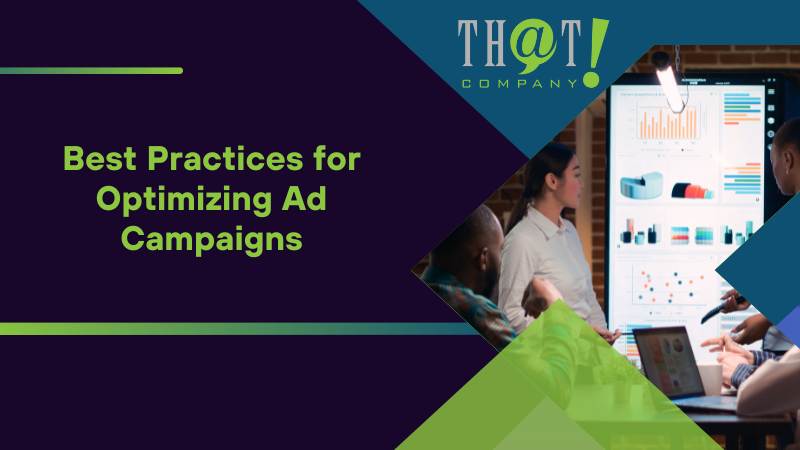
Best Practices for Optimizing Ad Campaigns
Optimizing ad campaigns involves continuous monitoring and adjustments based on performance metrics to ensure maximum effectiveness. By utilizing targeted demographics, businesses can significantly enhance the effectiveness of their ad campaigns, ensuring that ads reach the right audience at the right time.
In this section, we will explore best practices for optimizing ad campaigns, including crafting compelling ad copy, leveraging data and analytics, and conducting A/B testing. These best practices are essential for achieving sustained success in paid advertising.
Crafting compelling ad copy, leveraging data and analytics, and conducting A/B testing are all critical components of a successful ad campaign. By implementing these strategies, businesses can continuously improve their ad performance, maximize ROI, and achieve their marketing goals.
Crafting Compelling Ad Copy
Creating effective ad copy requires understanding the target audience’s needs and using persuasive language to encourage engagement. Effective ad copy should succinctly convey the product’s benefits, ideally in 100-150 words, and include a strong call to action to guide potential customers toward the desired action.
Using strong action verbs and emotional language makes ad copy more persuasive. This increases its chances of resonating with the audience and driving engagement.
Leveraging Data and Analytics
Key Performance Indicators (KPIs) such as CTR, conversion rate, and cost per acquisition are essential metrics to evaluate the effectiveness of your advertising campaigns. Utilizing tools for tracking and reporting allows advertisers to monitor campaign performance and make data-driven decisions.
Interpreting campaign data provides valuable insights that shape future strategies and optimize performance. This enables businesses to continuously improve their ad campaigns and achieve their marketing goals.
A/B Testing and Continuous Improvement
A/B testing allows marketers to systematically test variations of ad elements to identify which version yields better results. Running A/B tests on ad variations helps identify which elements resonate best with the audience, providing valuable insights for campaign optimization.
Insights from A/B testing drive continuous ad campaign optimization for better performance. This helps businesses maximize ROI and achieve long-term success in paid advertising.

Integrating Paid Advertising with Other Marketing Strategies
Incorporating paid media into a comprehensive marketing strategy can enhance visibility and drive measurable outcomes. Combining paid advertising with other marketing strategies, such as SEO and content marketing, can create a more comprehensive approach that enhances overall campaign effectiveness. Leveraging the strengths of different marketing channels helps businesses achieve better audience engagement and higher conversion rates. Regularly testing different ad versions allows marketers to adapt strategies based on current consumer trends, ensuring that campaigns remain relevant and effective.
Integrating paid advertising with other marketing methods ensures that businesses can create a unified strategy that drives sustained growth and success. Aligning paid advertising efforts with SEO and content marketing enhances overall marketing effectiveness, achieving better results and maximizing ROI.
In this section, we will explore how to align paid advertising with SEO efforts, support content marketing, and enhance social media presence.
Aligning with SEO Efforts
Aligning paid advertising campaigns with SEO efforts can improve consistency in messaging and increase website traffic. Ensuring that paid ads and organic content complement each other helps businesses create a cohesive digital marketing strategy that drives sustained growth.
This alignment enhances visibility in search results and ensures that businesses can reach their target audience effectively, achieving their marketing goals.
Supporting Content Marketing
Promoting high-performing content through paid ads can significantly expand its reach and engagement levels. Paid advertising can amplify content marketing efforts by promoting high-quality content to a wider audience, enhancing its reach and engagement.
Targeting specific audiences with paid ads effectively promotes content and attracts more visitors, generating leads that a purely organic strategy might miss.
Enhancing Social Media Presence
Integrating paid advertising within social media strategies can significantly boost content visibility, ensuring it reaches target audiences effectively. Combining paid social media campaigns with organic posts boosts brand visibility. This helps businesses reach broader audiences while engaging with followers more effectively.
A unified messaging strategy across paid and organic social media can improve brand recognition and customer experience, driving sustained growth.
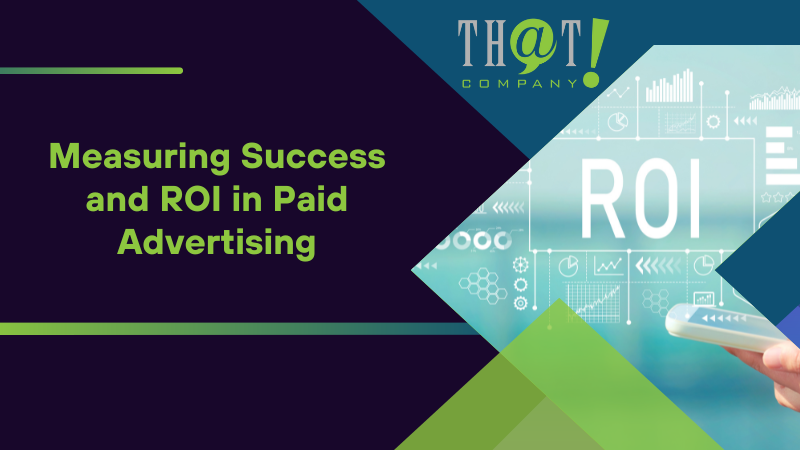
Measuring Success and ROI in Paid Advertising
Success in paid advertising can be evaluated through various metrics that reflect the effectiveness of campaigns and return on investment. Evaluating the effectiveness of paid advertising requires the use of key metrics such as return on investment (ROI), customer lifetime value (CLV), and overall conversion rates. Aligning key performance indicators (KPIs) with overall business objectives ensures that ad campaigns contribute to meaningful outcomes rather than just chasing clicks. Focusing on these metrics allows businesses to optimize their ad campaigns and achieve sustained success.
Key metrics like ROAS, CTR, conversion rate, and CPA are vital for measuring paid ad success. Tracking tools like PPC reports and call tracking help advertisers monitor performance and make data-driven decisions.
Interpreting data trends allows marketers to refine their strategies, ensuring future campaigns are more targeted and effective.
Key Performance Indicators (KPIs)
Utilizing paid advertising allows for clear measurement of return on investment through defined metrics. Return on Ad Spend (ROAS) is crucial in determining the profitability of advertising efforts by comparing revenue generated to the amount spent.
Click-Through Rate (CTR) indicates how effectively ads attract clicks, serving as a measure of audience engagement with the ad content. Conversion rate indicates the percentage of visitors who take a desired action during a campaign. Cost per Acquisition (CPA) measures marketing efficiency by showing the cost to acquire a new customer.
Tools for Tracking and Reporting
Utilizing platforms that integrate various marketing tools can streamline the process of tracking and reporting advertising performance. PPC reporting tools aggregate data from multiple platforms, allowing marketers to view comprehensive performance metrics in one report.
Call tracking software measures the effectiveness of campaigns that drive phone inquiries. It provides valuable insights into customer interactions and overall campaign performance.
Interpreting Data for Continuous Improvement
Utilizing real-time data allows marketers to make adjustments to campaigns as they progress, ensuring that they remain effective and relevant. Establishing benchmarks during a campaign can help measure progress and guide future strategies, providing a clear framework for continuous improvement.
Analyzing data trends allows marketers to refine their strategies, ensuring future campaigns are more targeted and effective. Data-driven decision-making is essential for continuous improvement in advertising campaigns, maximizing ROI and achieving marketing goals.
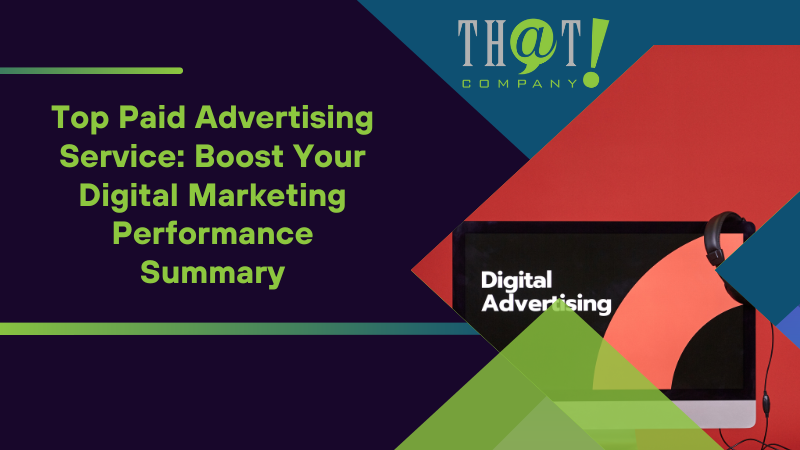
Summary
In conclusion, paid advertising services offer a powerful tool for businesses to enhance their digital marketing performance. By leveraging various paid advertising platforms, businesses can achieve precise targeting, immediate results, and measurable ROI. Key components of paid advertising, such as user behavior analysis, bidding strategies, performance tracking, and ad creation, are essential for driving successful campaigns. The benefits of using paid advertising services include enhanced brand visibility, optimized landing pages, and measurable ROI.
Choosing the right paid advertising agency, such as That! Company, ensures that businesses can effectively manage their ad campaigns and achieve sustained growth. Establishing a white label partnership allows agencies to offer expert services under their brand. Best practices like crafting compelling ad copy, leveraging data, and conducting A/B testing are essential for optimizing ad campaigns. Integrating paid advertising with SEO and content marketing, while tracking key performance indicators, helps businesses refine their strategies and achieve marketing goals.
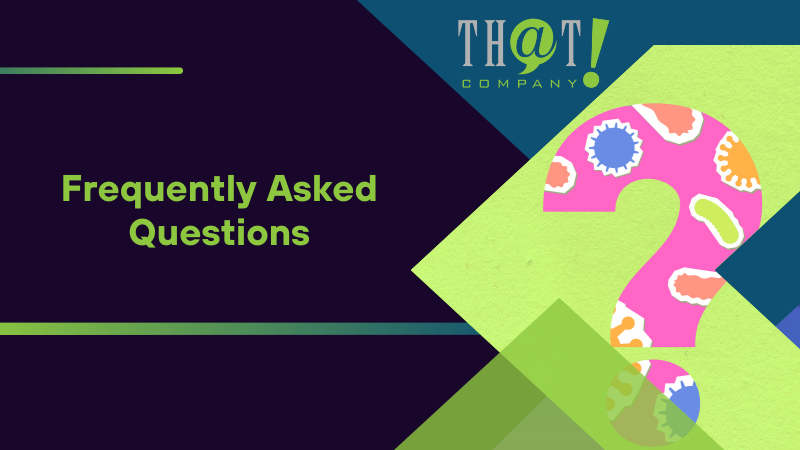
Frequently Asked Questions
What is the importance of transparency in PPC campaigns?
Transparency in PPC campaigns is key to client satisfaction, offering clear proof of results. It helps clients see tangible outcomes from their investments. This fosters trust and enables better decision-making.
What platforms can PPC campaigns be run on?
PPC campaigns can be run on platforms like Google Ads and Microsoft Advertising. They are also effective on social media networks such as Facebook, Twitter, Instagram, and LinkedIn. Utilizing these platforms can significantly enhance your visibility and reach.
How can agencies enhance client relationships using white label PPC services?
Agencies can enhance client relationships by expanding their service offerings and providing free audits, which builds trust and credibility. This approach not only adds value but also demonstrates a commitment to client success.
What is the role of a dedicated account manager in white label PPC services?
A dedicated account manager is essential in white label PPC services, ensuring regular client communication. They provide updates on campaign status and ad spend to keep clients informed. This ensures transparency and fosters strong client relationships.
What are white label PPC management services?
White label PPC management lets agencies outsource client campaigns while reselling services. This approach improves efficiency and enhances customer satisfaction. This approach helps agencies expand their offerings without requiring in-depth expertise in PPC management.










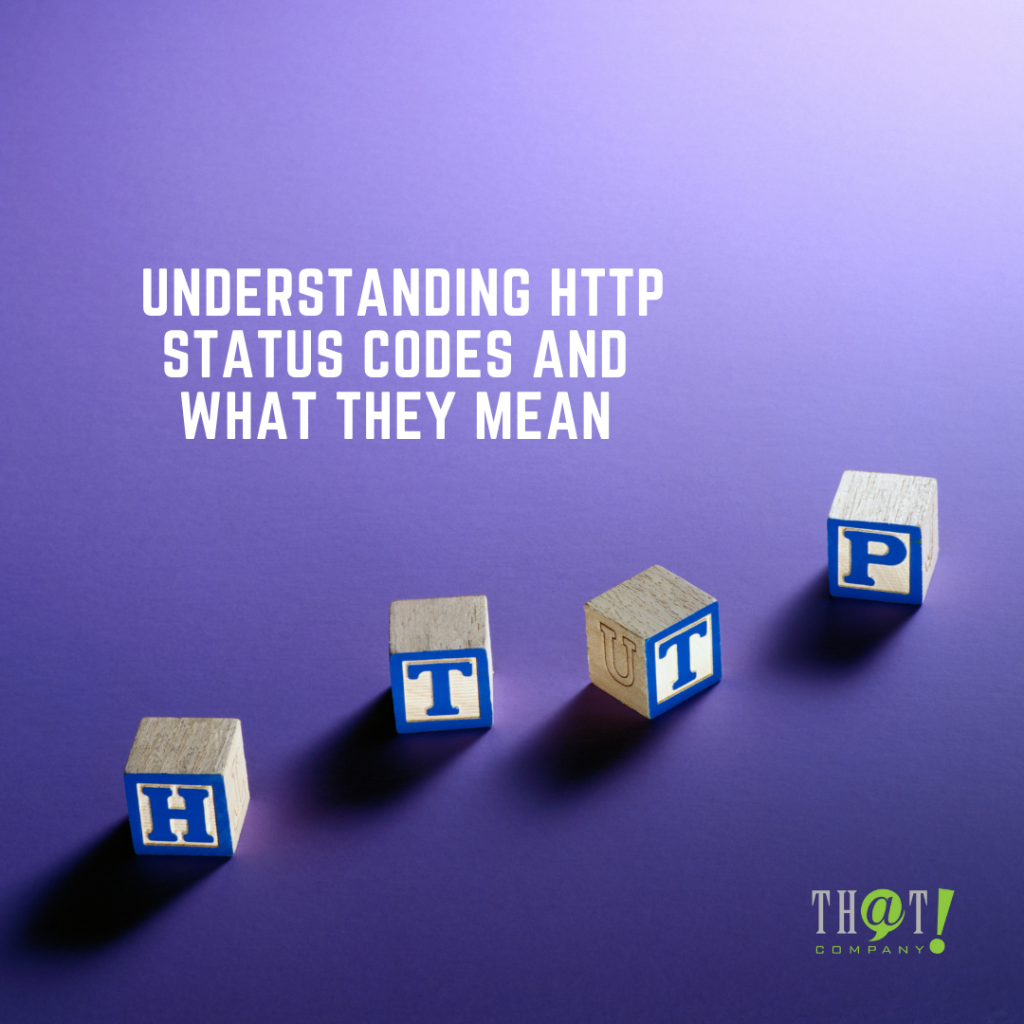
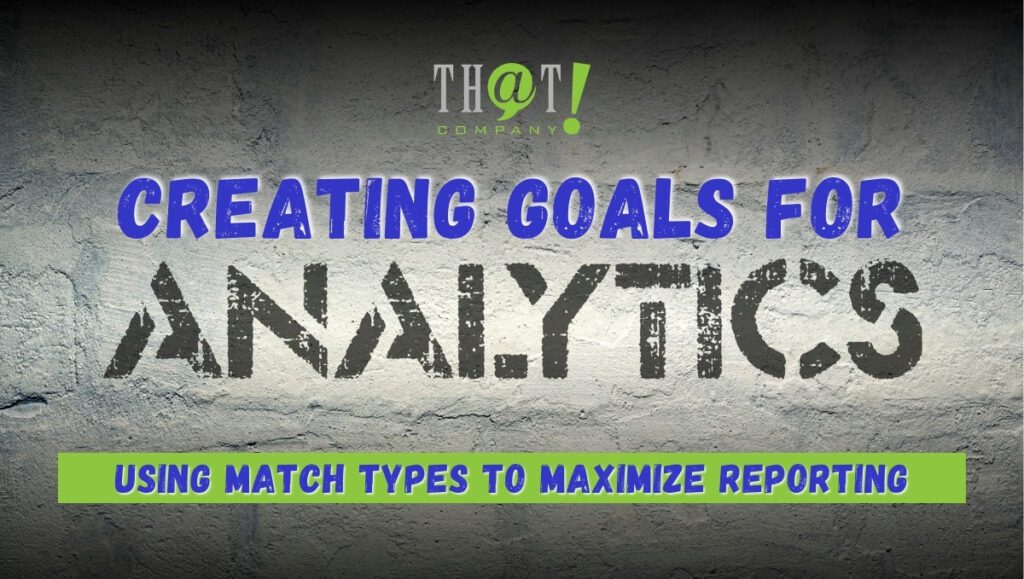
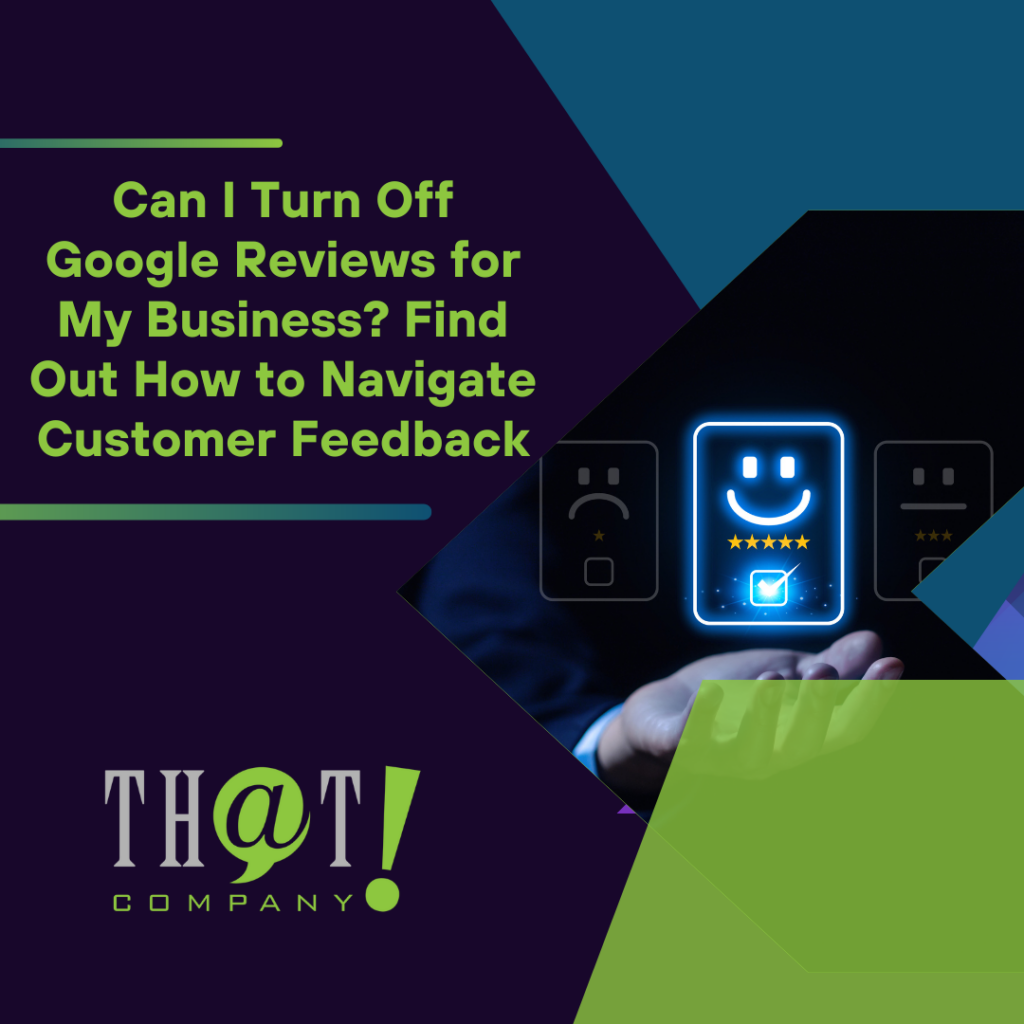
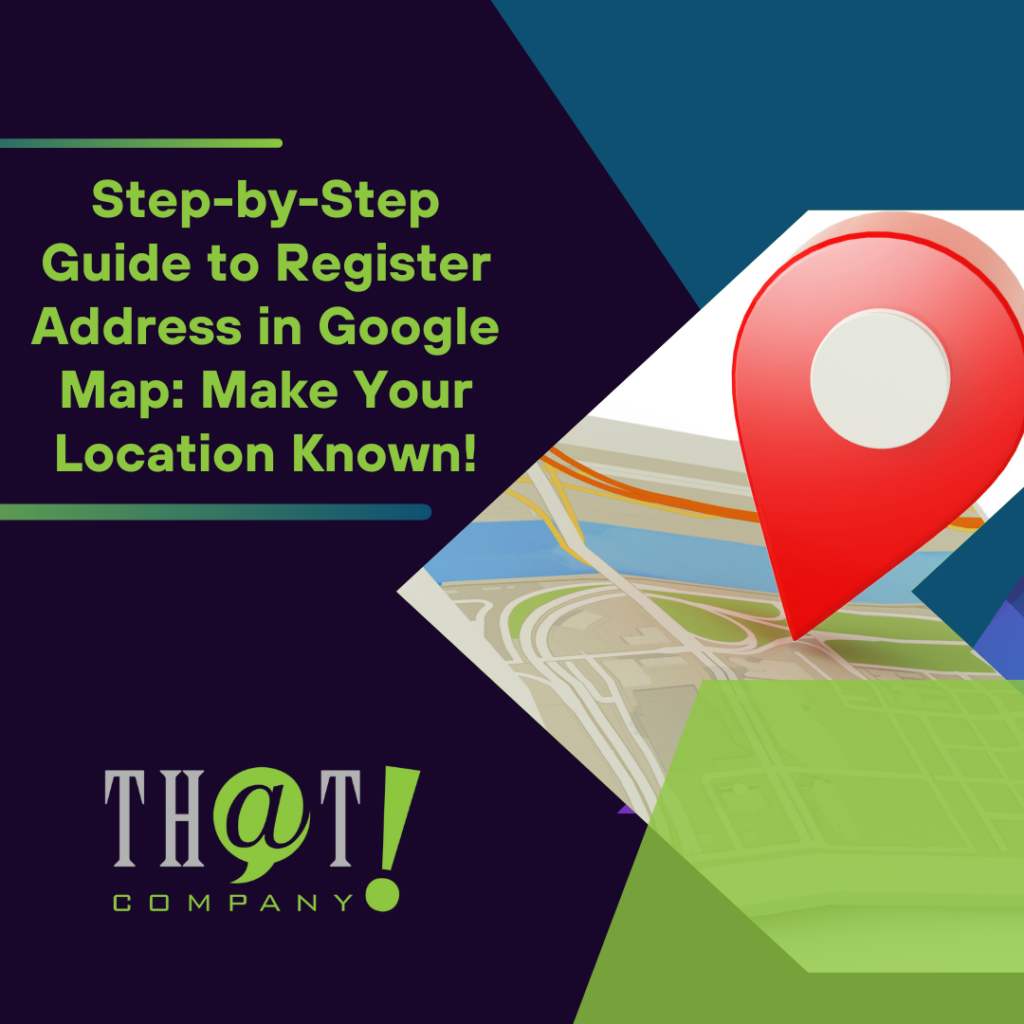
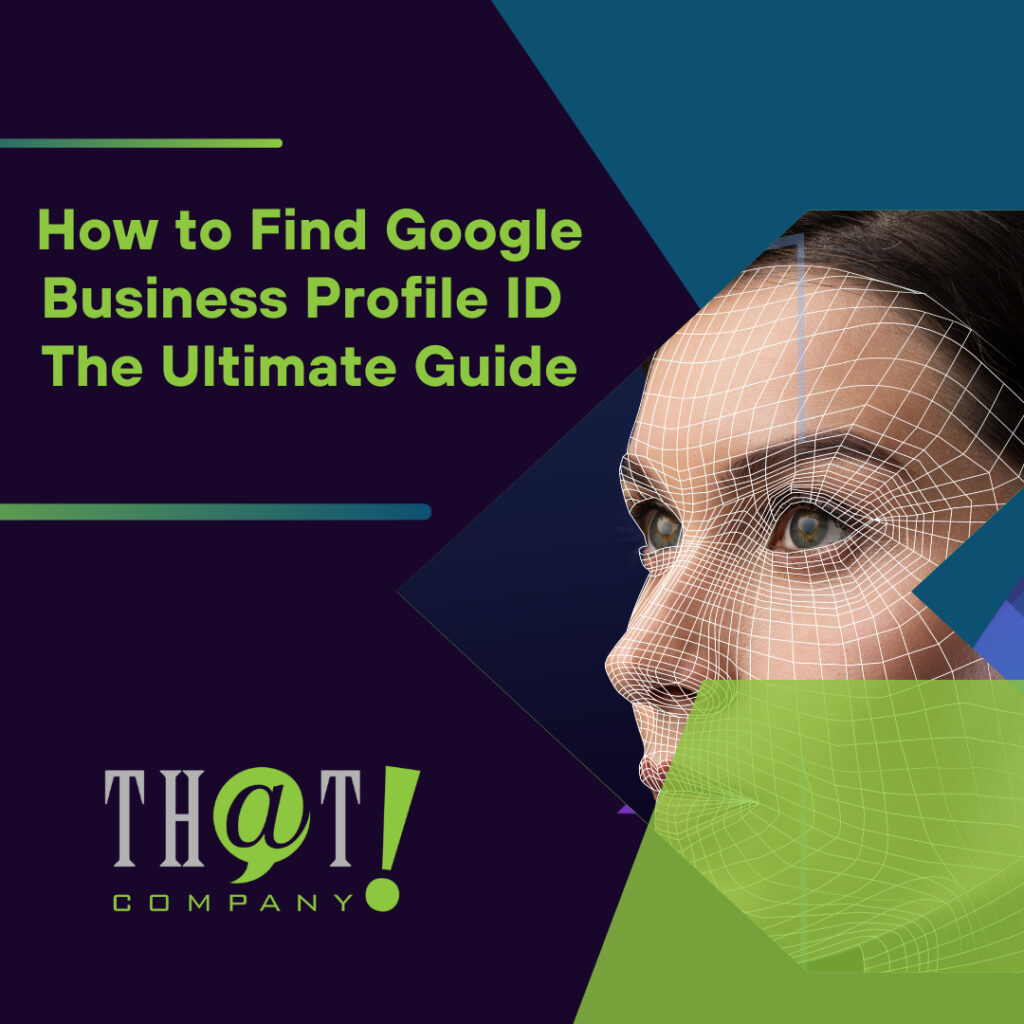
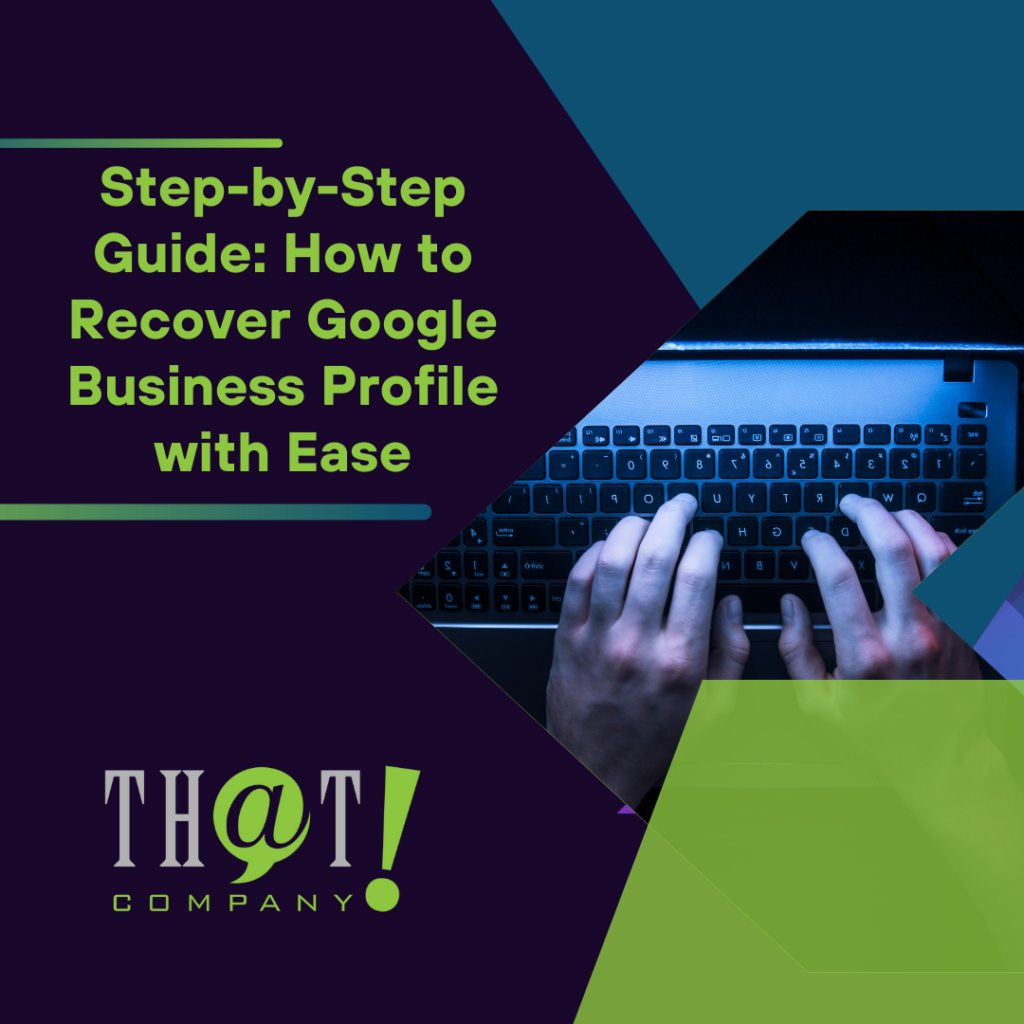
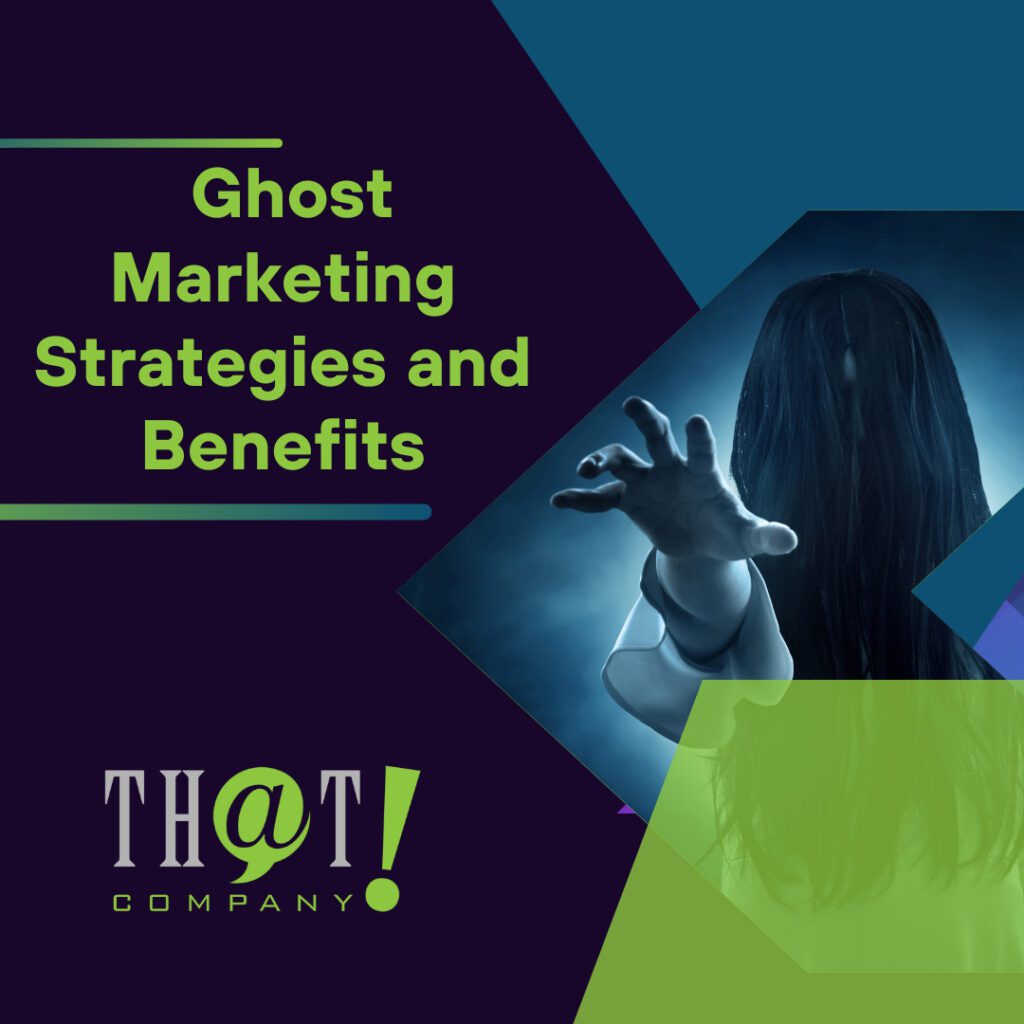



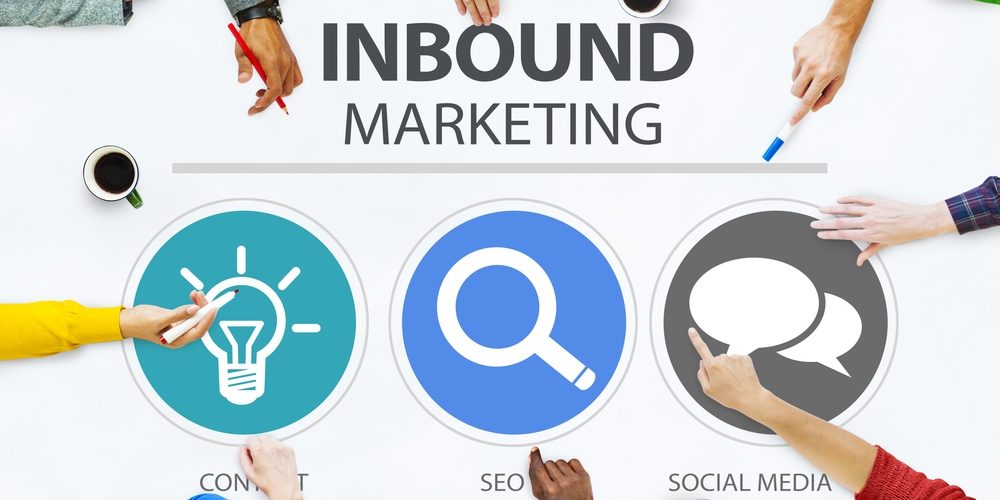
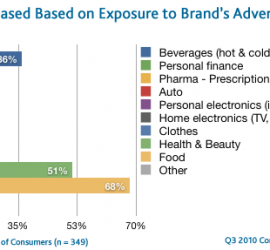
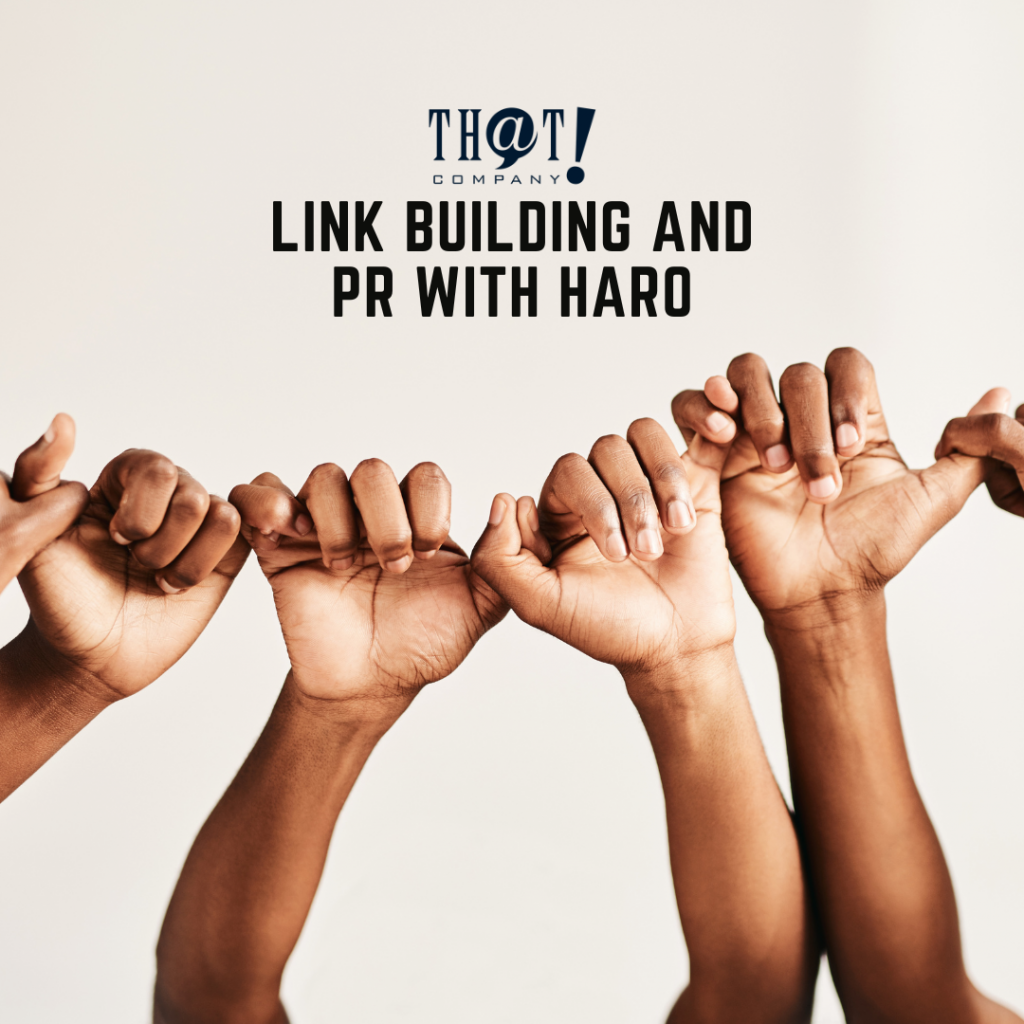
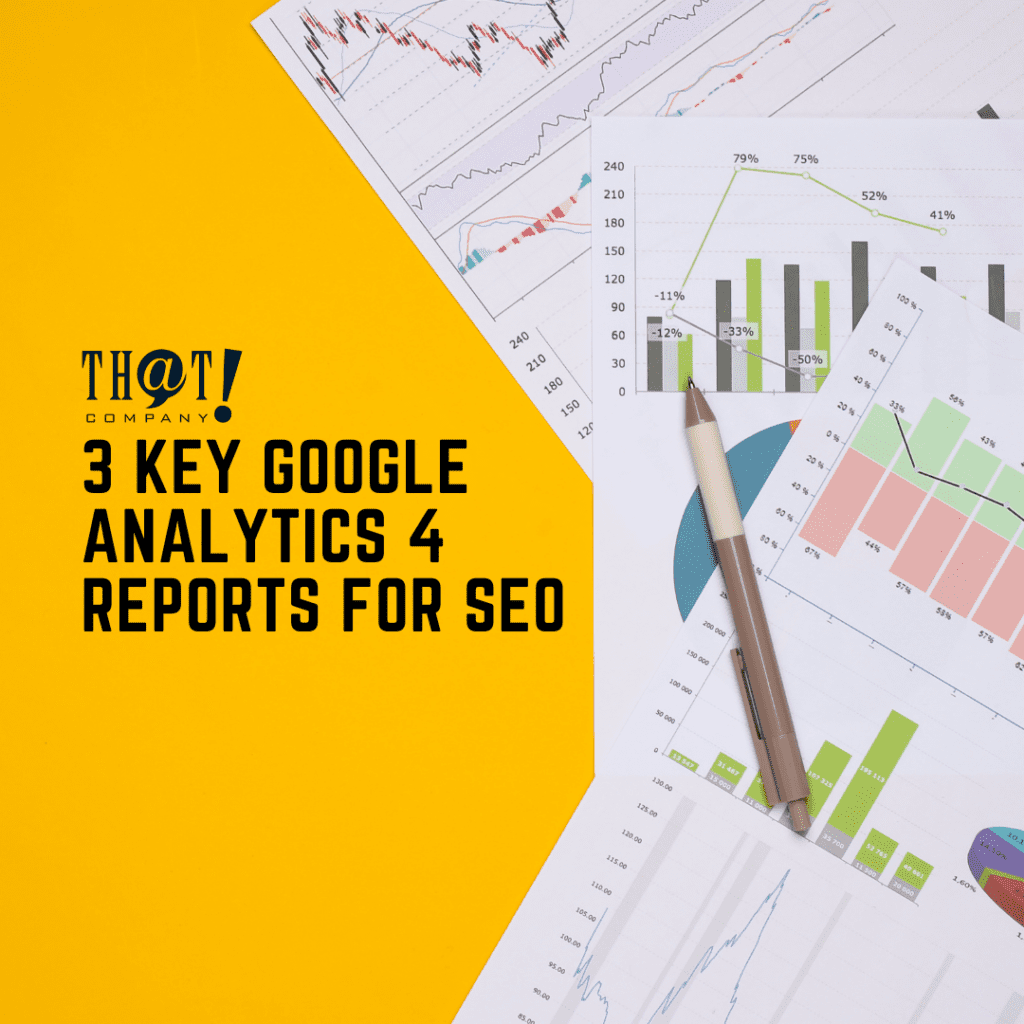

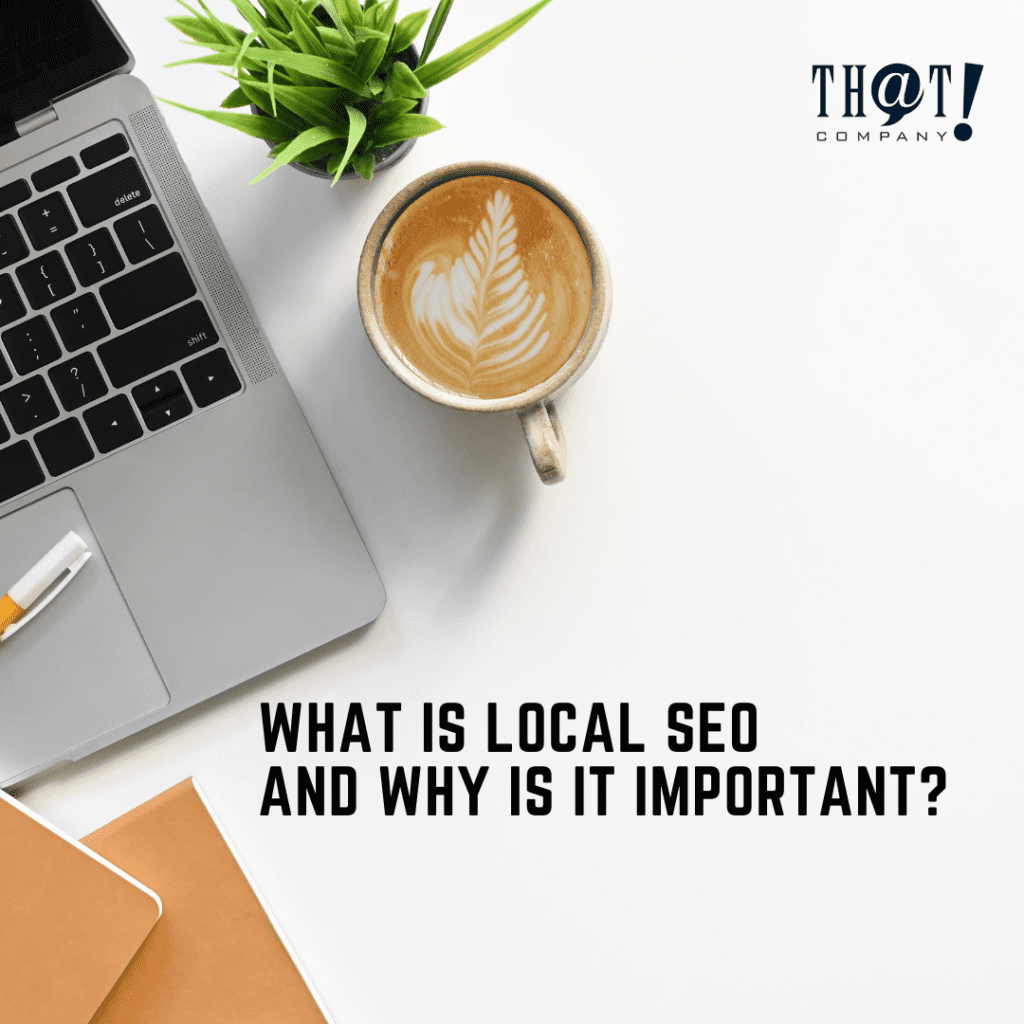

 Talk With Us
Talk With Us  Give Some Love
Give Some Love 


